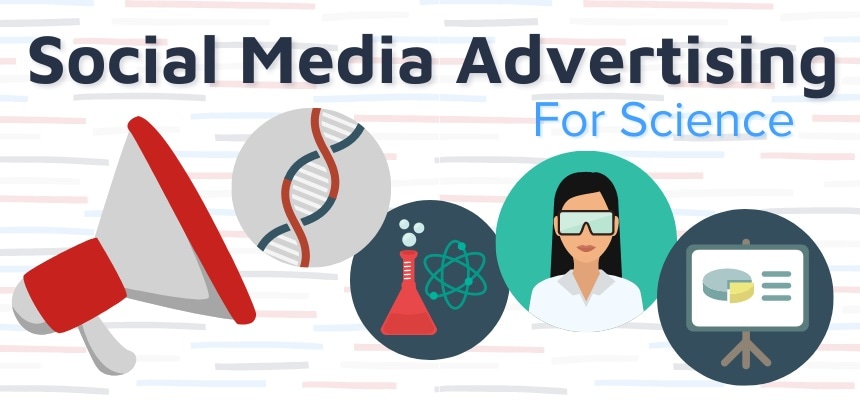
If content and community are the two pillars of your social media strategy then effective distribution is the key to bringing them together.
LinkedIn advertising gives B2B marketers the ability to consistently get their message in front of their potential customers and keep their brand top of mind.
Getting started with the basics of LinkedIn ads
If you are just getting started with LinkedIn ads then check out this guide below for the basics in setting up your campaign.
>>>Read More: A guide to running social media ads<<<
Why LinkedIn ads might be a good solution for your organization
LinkedIn Campaign Manager leverages LinkedIn, the world's largest professional network. You can target audiences by:
- Company name
- Company size
- Industry
- Job function and many more.
Having a clearer insight into who you are targeting will help you to prove a better return on ad spend (ROAS).
Strategy for reaching your prospects with LinkedIn ads
Below are 2 strategies for getting your ads in front of the right people with content relevant to their position in the buying journey.
Start off by developing your target audience. This can be done in 2 ways:
- Audience match a list of key target accounts or prospects.
- Use LinkedIn's targeting options mentioned above.
Strategy 1 - Lead Generation
-
Start with a gated eBook or whitepaper. This is an educational piece of content that will provide value to the user and require limited time, effort and commitment from them. The user provides their contact details in exchange for the knowledge you are sharing with them.
-
These contact details can be integrated into your CRM where they can be nurtured. You can also then retarget them with your middle-of-the-funnel LinkedIn ads. This time inviting them to register for a webinar for example. There is an increased time commitment on their part, which shows you a higher level of intent if they register.
- You can now retarget the webinar registrants with a client testimonial or case study (bottom-of-the-funnel content). Use a ‘book a demo’ or ‘book a call’ CTA to capture meetings with prospects who are now showing buying intent.
At each stage of the funnel you can test out your creative and copy to understand which resonates best. You can then optimise your ads accordingly.
In the above example we are asking for more time and commitment from your prospects as they become more aware of your brand and more informed and interested in your offering.
Strategy 2 - Demand Generation
Option 2 focuses less on lead generation and more on building trust and authority with your potential customers. In this example below we will look at a recent LinkedIn campaign that we ran. We were focused on distributing a variety of content to people that fit our ideal customer persona (ICP). The goal is to educate them over time and build trust and brand affinity.
- Run brand awareness campaigns
Our goal here is to showcase the AZoNetwork brand and our offering without pushing for a sale.
This ad is optimised for impressions so that we can get it in front of as many people as possible. The targeting is based on LinkedIn users from an uploaded list of key prospects and lapsed customers.
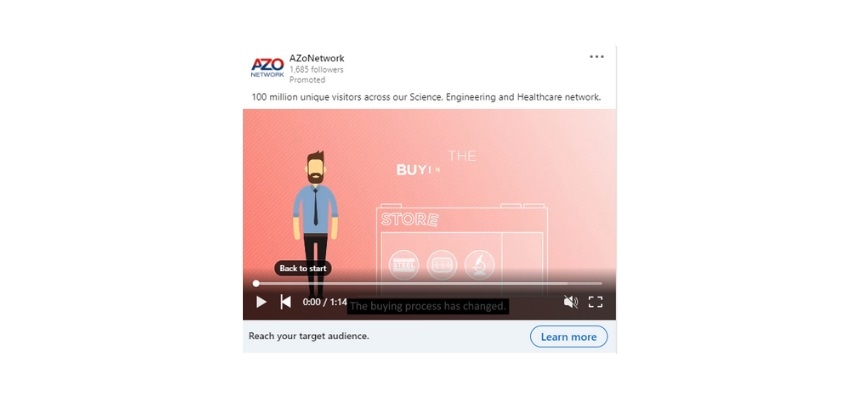
When using video for ads, a good rule of thumb is to have the key point or ‘hook’ within the first 5 seconds. Remember you are trying to disrupt someone’s social scrolling and drive an action (in this example, stop and watch our video).
Subtitles are also an important feature as most social videos are viewed in mute.
- Drive your target audience to open access website content
For the next phase of the campaign we wanted to drive the audience to educational content on our site. For this example we used our open access webinar page.

A blog, eBook, podcast or white paper would all also be good content to use here.
Here we are asking for more time and commitment from people (a webinar as opposed to a 1-minute video).
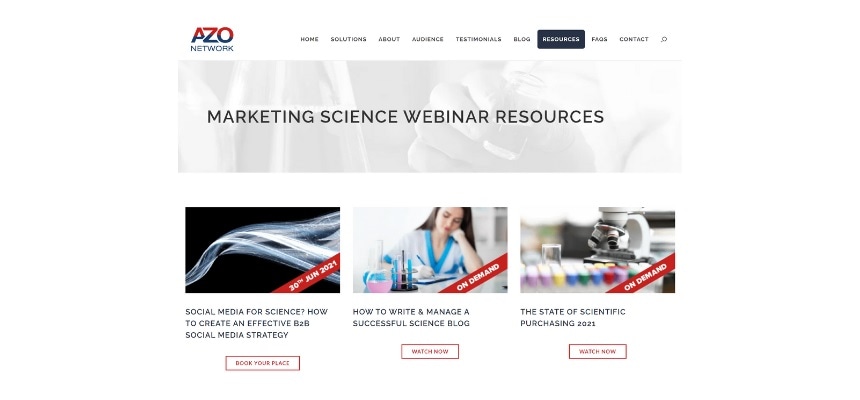
Again, the content here is educational. Website visitors also aren’t required to share any contact details in order to access the on demand webinars.
We opted to run this ad to the same list as in stage 1 with optimized targeting options (more on that later). Another option would have been to retarget the audience that had viewed over 25%, 50%, etc. of the video.
Having open access to the first 70% of the buying journey allows prospects to research and self educate on their own terms. You haven’t put any barriers in the way of this part of the buying process.
- Segment your audience for more targeted audiences
By this stage prospects should have awareness and some affiliation to your brand. We now want to segment our audience and encourage action from those that are in the consideration stage of the buying journey.
One way to segment your audience is to create a ‘Matched Audience’ based on people who have visited a certain page on your site. To do this you will need to have the LinkedIn Insight tag set up on your website.
Getting enough data from the insight tag can be tricky. You need at least 300 members to build a matched audience so you might need to consider an alternative solution.
We decided to segment our own company lists based on recent interactions from first party data. We started by creating an audience in a specific industry (Life Sciences for this example) that had recently engaged with our brand. The ads were then designed to drive traffic to a more bottom-of-the-funnel landing page.
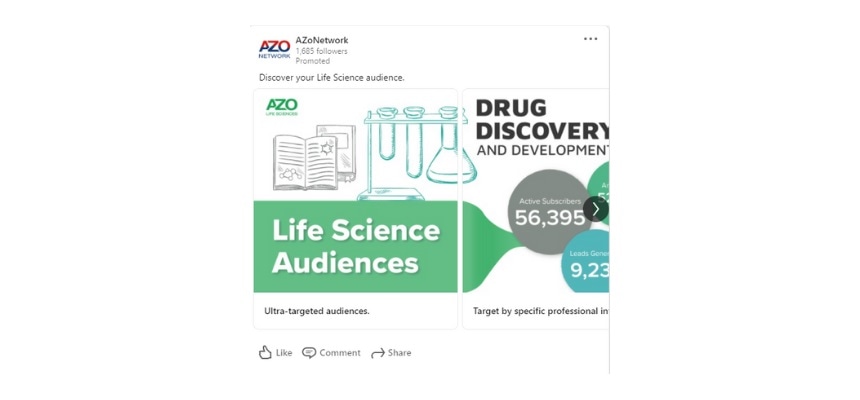
The ad and the landing page both highlight our key campaign offering (opportunities for life science marketers to reach their target audience). Other landing page examples could be an extended white paper or live demo.
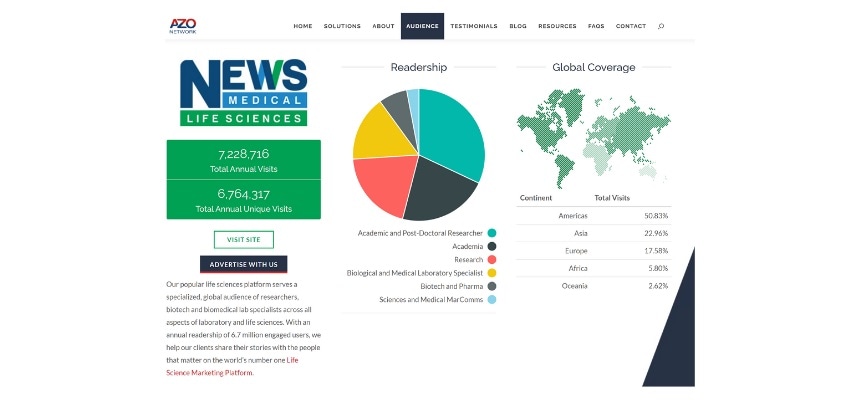
At this consideration stage we are looking for a conversion so the landing page is optimized for a form completion. This is the 1st occasion we have asked anyone in the campaigns to share contact information. Asking people on their first or second interaction with your company for contact details is likely to put a large % of potential customers off.
By creating and distributing high value free content first, you increase the likelihood of staying top of mind and converting prospects when they are ready to consider your products.

The above results highlight how we were able to optimise our budget and results. These costs can vary depending on a number of factors, including the cost of your product, the seniority of your target audience, etc.
It is important to keep on top of your campaigns and to optimise regularly. Like with other ad platforms, Google, Facebook etc. your budget will be spent quickly and ineffectively if you are not on top of things. LinkedIn ads can be expensive so this part is important.
Optimising at all stages of your LinkedIn Campaign
Don’t just set and forget.
After 3 - 5 days of a campaign you should have enough data to get a good idea and what is working well and what can be tweaked. Use the demographics to optimise your target audience.
For example, if you find a lot of your budget is being used by enterprise companies then you may want to exclude companies with 10,001+ employees.
You can also adjust your targeting based on the initial results of who is seeing your ads, including:
- Companies
- Job title
- Seniority of employee
- Locations
- Various other useful demographics

Doing this ensures that your targeting matches your ICP and that you are getting the most for your ad spend.
Final thoughts on LinkedIn advertising in Science
The strength of LinkedIn advertising is that you have the ability to target your ICP much more specifically from within the platform. Continuously hitting the right people with the right message.
If you balance your LinkedIn advertising with an effective organic strategy that includes both business and personal branding then you should be on to a winner.
Once you have your LinkedIn strategy in place, the next step is to ensure your ads stand out. Creating impressive, optimised content for social media is important if you want people to stop scrolling and take action.
If you are struggling for social media content ideas then why not read this blog piece from our in-house social media content creator. Sara talks about the different ways of creating content to help you and your brand stand out on social media.
>>>Read More: Social Media Content Creation for Science<<<